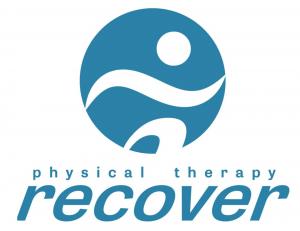— Chaise Bennett
SLIDELL, LOUISIANA, UNITED STATES, May 16, 2024 /EINPresswire.com/ — Sports injuries are an unfortunate yet common occurrence for athletes of all levels. Understanding these injuries, their causes, and effective treatment options is crucial for preventing long-term damage and promoting optimal recovery.
Sports injuries often fall into two categories: acute and chronic. Acute injuries occur suddenly and are usually the result of a specific trauma or impact, such as a fall, twist, or collision. Examples include sprains, strains, fractures, and dislocations. Chronic injuries, on the other hand, develop over time due to repetitive stress on muscles, joints, and tendons. Conditions such as tendinitis, stress fractures, and bursitis are common chronic injuries in athletes.
Sprains and strains are among the most frequently encountered sports injuries. A sprain involves the stretching or tearing of ligaments, which connect bones to each other and provide stability to joints. The ankle is particularly susceptible to sprains, often resulting from sudden twists or impacts. Strains involve the overstretching or tearing of muscles or tendons, which attach muscles to bones. These injuries commonly affect the hamstrings, quadriceps, and lower back.
Fractures and dislocations are more severe injuries that require immediate medical attention. Fractures are breaks or cracks in bones, often caused by high-impact collisions or falls. Stress fractures, a type of overuse injury, occur when bones are subjected to repeated stress without sufficient rest. Dislocations occur when the ends of bones are forced out of their normal positions in a joint, typically resulting from a sudden impact or fall.
Tendinitis and bursitis are chronic conditions that result from overuse and repetitive motion. Tendinitis is the inflammation of a tendon, often seen in the shoulders, elbows, and knees. Bursitis involves inflammation of the bursae, small fluid-filled sacs that cushion the bones, tendons, and muscles near joints. These conditions can cause significant pain and limit an athlete’s range of motion.
The importance of proper treatment and rehabilitation for sports injuries cannot be overstated. Without appropriate care, injuries can worsen, leading to prolonged pain, reduced mobility, and a higher risk of re-injury. Early intervention with a tailored treatment plan is essential for a successful recovery.
Chaise Bennett, owner of Recover Physical Therapy, emphasizes the critical role of physical therapy in the recovery process. “The vision at Recover Physical Therapy is to attract, reward, and retain highly skilled physical therapy staff. A proactive approach to the development of best business practices and promotion of effective treatment methods is key to accomplishing this.”
Bennett further highlights the personalized care provided at Recover Physical Therapy. “There is a commitment to direct one-on-one patient care. Patients see their therapist at every visit and receive a personal touch that can’t be provided at larger, hospital-run physical therapy practices. In private practice, reputation is everything, and patients are treated with the utmost respect, compassion, and care.”
Effective rehabilitation programs are tailored to the specific needs of each patient, focusing on reducing pain, restoring mobility, and strengthening the affected area to prevent future injuries. Techniques such as manual therapy, therapeutic exercises, and modalities like ultrasound or electrical stimulation may be used to facilitate recovery.
Prevention of sports injuries is equally important. Athletes can reduce their risk of injury by following proper training protocols, including adequate warm-up and cool-down routines, strength training, and flexibility exercises. Wearing appropriate protective gear and maintaining good technique during sports activities are also crucial for injury prevention.
Education and awareness about sports injuries and their treatment options empower athletes to take proactive steps in their recovery and overall health. By understanding the most common sports injuries and seeking early intervention, athletes can return to their activities stronger and more resilient.
Morgan Thomas
Rhino Digital, LLC
+1 504-875-5036
email us here
![]()





